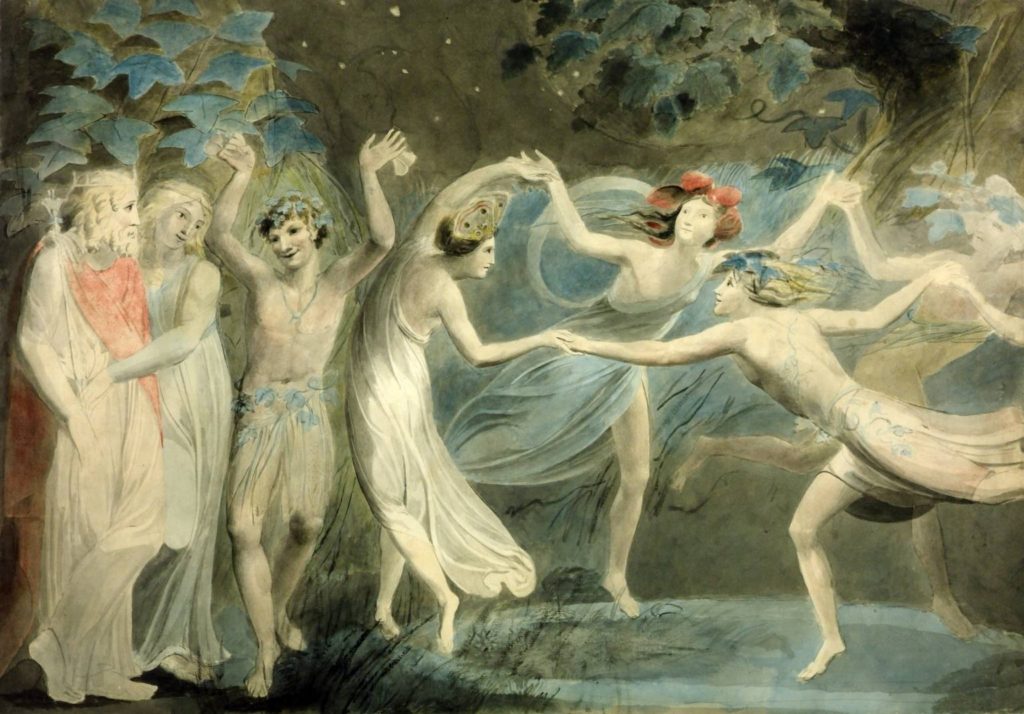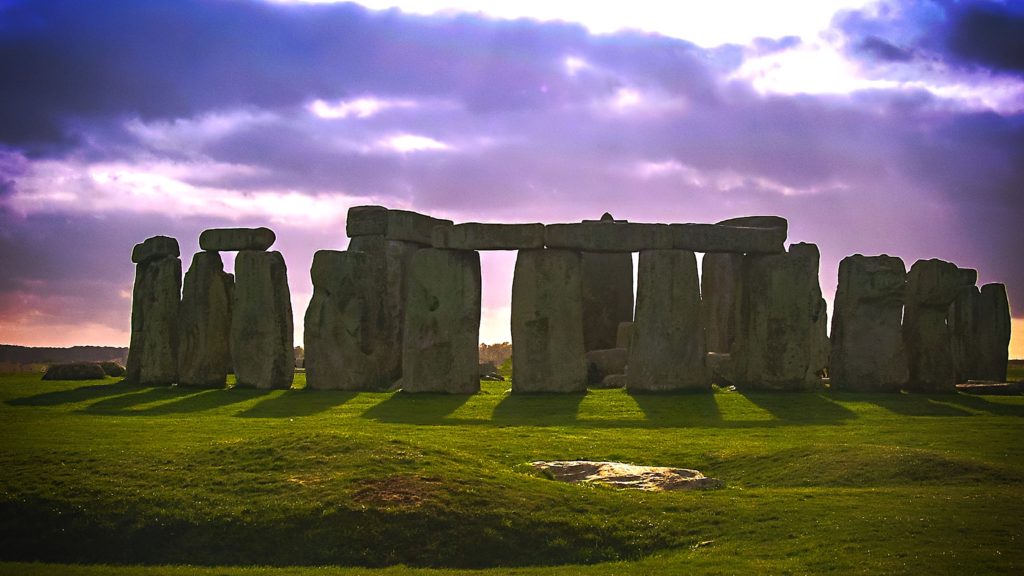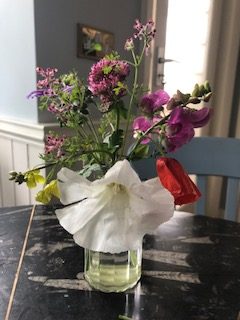This coming Monday, 21 June, marks the summer solstice – the longest day in the northern hemisphere. In the UK, we can expect around 16.5 hours of daylight. As you travel further north, the days stretch further, culminating with a full 24 hours at the North Pole. And long, light days are surely worth celebrating. This is something our ancestors understood and which I would love to see again.
Historically, the solstice was an important festival. In the UK, the pagans named it Litha (the standing still of the sun) and the Celts Alban Hefin (light of summer). For earlier, agrarian societies, the sun held a much more obvious significance. Here was the life force that ensured the success of the crops and the difference between plenty and starvation.
As with the other equinoxes, the solstice was seen as a liminal time, when the division between the material and supernatural worlds were at their thinnest. It was a time when fairies and mischievous sprites could cross over.
Shakespeare’s A Midsummer Night’s Dream draws upon this tradition.
I must go seek some dewdrops here, And hang a pearl in every cowslip’s ear.’
Fairy Act 2, scene i A Midsummer Night’s Dream, Shakespeare.

Garlands of herbs and flowers were worn to ward off evil and bonfires were used to keep malignant spirits at bay. The fires had other purposes too. They were seen to strengthen the sun’s energy; brought luck to lovers and on a more practical level, ensured that revellers kept warm. As in almost all other festivals, there would have been singing and dancing and not a little imbibing of alcohol.
Stonehenge
The most famous solstice ritual occurs at Stonehenge in Amesbury, Wiltshire. The stones are aligned such that as the sun rises on the solstice, light floods into the central ring. In pre-Covid times, up to 10,000 people would assemble to witness the event and, on this day, the spiritual rather than the purely touristic appeal of the monument is recognised.

The arrival of Christianity saw an end to much of the solstice celebrations, but rather than lose a holiday, they renamed it St John’s Day after John the Baptist. Yet, despite this, Midsummer is still a definitely pagan affair in the Scandinavian regions.
Midsummer Scandinavian style
Technically, Midsummer and the solstice are two separate things, but I have brought them together here in this post. Midsummer occurs literally at mid- summer usually around the 24 June and after the longest day. This year, it falls on 26 of June, though the celebrations occur on the eve rather than the day.
Midsummer is celebrated differently throughout northern Europe, with Finland, Denmark and Norway marking it with giant bonfires on which effigies of witches are burned. The Swedes take a more gentle approach with the distinctive Maypole, dancing and singing.
Here’s a rather lovely summer solstice song from Jonna Jinton
Seven different flowers
One of the sweetest traditions in Sweden and its neighbours is to collect seven different wild flowers (sju olika blommor) and place them under your pillow. That night, you will dream of your one true love. Since I am happily married, I decided to collect them in a vase instead. Just selecting and picking these little blooms in the early morning after rain, seemed like a wonderful way to celebrate the season.

Other, stranger, Swedish rituals include dancing around the Maypole – perhaps singing the frog song while mimicking a frog! Rather more usual activities include drinking, talking about the weather, wearing floral garlands or headdresses whilst eating herring and strawberries. When the festivities are winding down, it is traditional to go for a skinny dip. Though I am not sure about all of these celebrations, I would love to reinstitute celebration of the solstice or Midsummer to the calendar.
A modern, British Midsummer
Like all good festivals, we should draw from the old and add or modify the new. Since the Swedes are especially adept at this festival, my list will have a strong, Scandinavian flavour, but you may wish to make it more in line with your own country’s culture. What follows is my suggestions for a modern, British festival.
- Pick flowers, make daisy chains and enjoy the floral abundance of June
- Song – find some really good dance tracks, set up a music station in the garden and sing along. Dance if you are able! Maypoles are strictly optional.
- Make delicious foods. This is all about celebrating summer: so my feast will include lots of seasonal treats: strawberries, salads, smoked salmon, homemade bread and perhaps even cake.
- Watching the sunset. I’m far to old to get up for the dawn, but watching the sun dip below the horizon is certainly manageable.
- We have a chimenea – so we can have our own mini bonfire without bothering the neighbours. It will also keep us warm as night draws in.
- A swim in the sea? This will be weather dependent and I will definitely wear a costume – but a late night dip certainly appeals
Bittersweet moments
Since Midsummer marks the zenith of the season, what follows is a slow and inevitable decline. From this point, there will be an incremental shortening of the days. The brevity of the moment has the bittersweet pleasure of all that is transient. Which gives us even more reason to ‘seize the day’. Be a little crazy, stay up late, party! Enjoy these long, warm days: they are not set to last.
